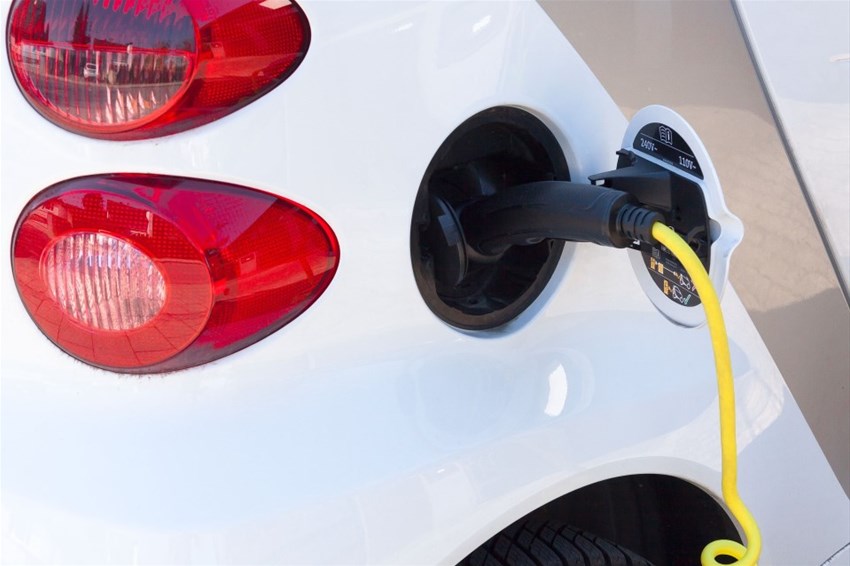EMPIRE - Improved material properties in lithium-ion battery joints
As the number of electric vehicles on the world’s roads increases, there is a growing need to improve the durability and reliability of the lithium-ion batteries used in electric vehicles. The EMPIRE project investigates how welded joints in Li-ion batteries can be improved so that the risk of catastrophic damage and fires is eliminated.

The quality of the joints between the various components (cell terminals and busbars) in a lithium-ion battery plays a very important role. If the welds are not of high quality, many serious problems can arise. For example, the joints in Li-ion batteries are exposed to very high stresses during fast charging of electric vehicles. Cracks and other defects in the joints can lead to the need for repairs, and in the worst case, the battery can start to burn.
The so-called intermetals that occur during welding of joints in today's lithium-ion batteries create brittle behavior that can result in significantly reduced fatigue life and shorten product lifetime. The EMPIRE project focuses on developing lithium-ion batteries with better material properties, greater reliability, and improved long-term properties.
The project is carried out by researchers at University West, in close collaboration with the research institute Swerim and five industrial partners that cover the entire chain from metal manufacturers and metalworking companies to Tier-1 suppliers and end users.
By focusing on the mix of materials in the joint and their properties, the researchers and their industrial partners aim to find concepts and solutions that can increase the ductility of the welds and thus the quality of the joint. The team will also investigate which type of laser welding process gives the best results. With the right joint material and manufacturing method, the lithium-ion batteries of the future can be both safer and longer-lasting.
Research Area
- Produktionsteknik
Research environment / Institution
- Produktionsteknik
- Primus (KK-miljö)
- Institutionen för ingenjörsvetenskap
Project leader
Participants University West
- Joel Andersson
- Mats Högström
- Ehsan Harati
Research Partner
- Scania
- TRUMPF Maskin AB
- Polarium Energy Solutions AB
- Gränges AB
- Materion Corporation
Research funding
- Vinnova
Project time
2021 - 2023
Kontakt



